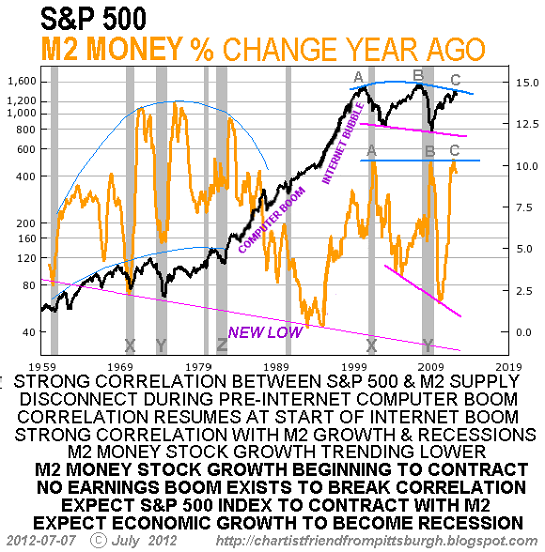– The $23 Trillion Credit Bubble In China Is Starting To Collapse – Global Financial Crisis Next? (Economic Collapse, Jan 20, 2014):
Did you know that financial institutions all over the world are warning that we could see a “mega default” on a very prominent high-yield investment product in China on January 31st? We are being told that this could lead to a cascading collapse of the shadow banking system in China which could potentially result in “sky-high interest rates” and “a precipitous plunge in credit“. In other words, it could be a “Lehman Brothers moment” for Asia. And since the global financial system is more interconnected today than ever before, that would be very bad news for the United States as well. Since Lehman Brothers collapsed in 2008, the level of private domestic credit in China has risen from $9 trillion to an astounding $23 trillion. That is an increase of $14 trillion in just a little bit more than 5 years. Much of that “hot money” has flowed into stocks, bonds and real estate in the United States. So what do you think is going to happen when that bubble collapses?



